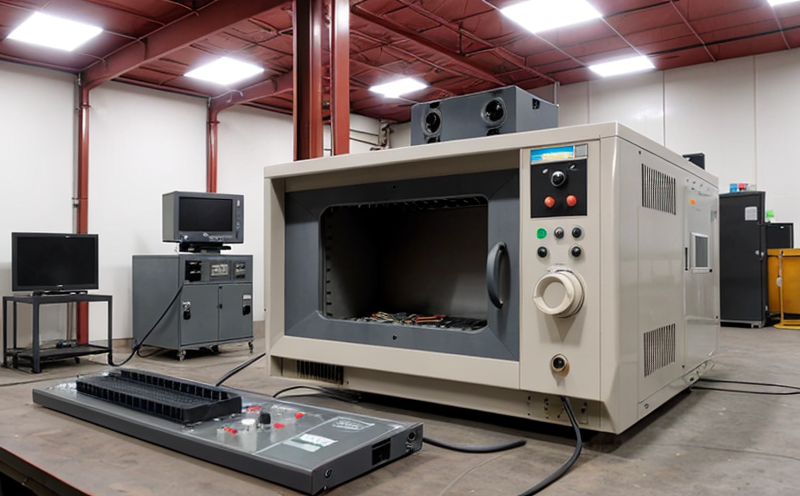ISO 10218 Safety Testing for Industrial Robots
The safety of industrial robots is paramount in ensuring a safe working environment. ISO 10218 provides the necessary framework to achieve this by offering detailed guidelines on the design, construction, and operation of industrial robots. This standard focuses on reducing risks associated with human-robot interaction within manufacturing environments.
The first part of ISO 10218 addresses safety requirements for the design and construction of industrial robots, emphasizing the importance of collision avoidance mechanisms, emergency stop systems, and other protective features. It also covers aspects such as operational boundaries, control systems, and communication protocols which are crucial for preventing accidents.
Part two delves into operational safety measures, providing recommendations on how to safely operate industrial robots in close proximity to humans. This includes specifying the necessary precautions when working around these machines, including training programs required for employees handling them.
The standard aims at harmonizing safety practices across different industries that use robotics technology by referencing internationally recognized standards such as IEC 60204-1 and EN ISO 9001. Compliance with this standard not only protects workers but also enhances productivity through more efficient manufacturing processes. By adhering to the stringent requirements set forth in ISO 10218, companies can demonstrate their commitment to occupational health and safety standards.
Implementing these tests ensures compliance with relevant regulations while also fostering innovation by encouraging safer designs that meet global expectations for industrial automation technologies. As technology continues evolving rapidly, maintaining adherence to such standards becomes increasingly important in safeguarding both human life and property.
Applied Standards
- ISO 10218-1: Safety requirements for industrial robots - Part 1: General safety aspects
- ISO 10218-2: Safety requirements for industrial robots - Part 2: Test methods and procedures
Industry Applications
The application of ISO 10218 safety testing extends across various sectors including automotive manufacturing, electronics production, pharmaceuticals processing, food packaging industries among others. In each sector, compliance with these standards ensures that robots are used safely and effectively without posing any risk to personnel.
Competitive Advantage and Market Impact
Adopting ISO 10218 safety testing can significantly enhance a company's reputation for quality control and customer trust. It demonstrates a commitment to maintaining high standards of production integrity which is essential in competitive markets. Furthermore, it provides an edge over competitors who may not have implemented similar measures.
Compliance with this standard also facilitates smoother regulatory processes by reducing the likelihood of encountering unforeseen issues during audits or inspections. This can lead to faster approvals and reduced costs associated with non-compliance penalties.





